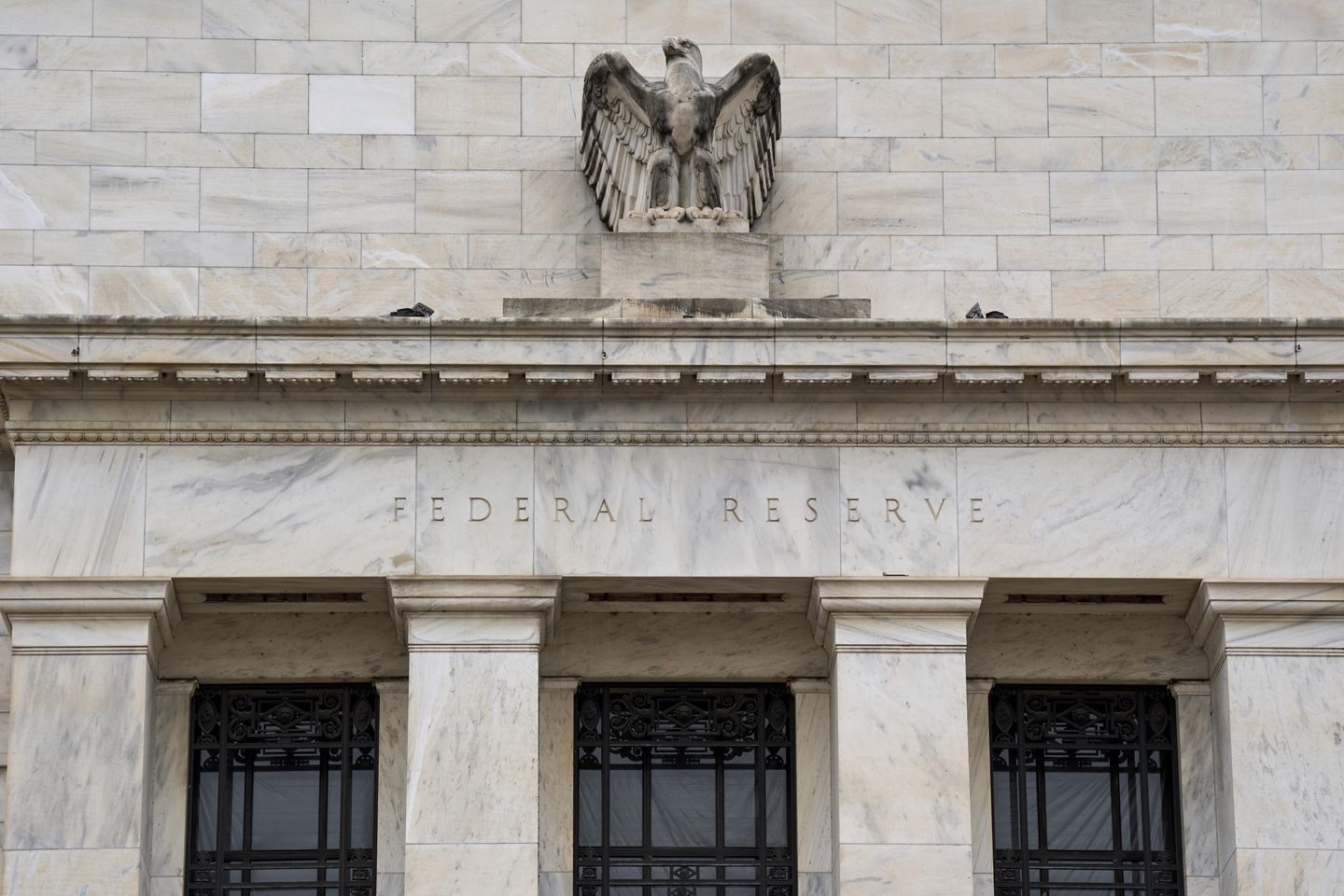
The Federal Reserve held interest rates steady on Wednesday, defying President Trump’s demands to lower rates to ease the economy’s transition under his aggressive trade agenda.
The Federal Open Market Committee said the central bank decided to keep the benchmark rate between 4.25% and 4.5%.
“Uncertainty about the economic outlook has increased further,” the committee said. “The committee is attentive to the risks to both sides of its dual mandate and judges that the risks of higher unemployment and higher inflation have risen.”
The Fed had to raise interest rates to tame high inflation during the Biden administration.
It kept rates steady at its meeting in March, which unfolded shortly before Mr. Trump announced a blanket 10% tariff on imports and threatened heftier levies on dozens of trading partners.
A trade impasse between the U.S. and China has resulted in tariffs that exceed 100% on each other’s goods.
“The tariff increases so far have been significantly larger than anticipated. All of these policies are still evolving, however, and their effects on the economy remain highly uncertain,” Fed Chair Jerome Powell said.
The Fed made its closely watched announcement as the Trump administration and Beijing took steps to get beyond their trade impasse.
Treasury Secretary Scott Bessent and U.S. Trade Representative Jamieson Greer will meet with Chinese counterparts in Switzerland this weekend, a sign of a potential thaw.
Mr. Bessent said the Switzerland meetings will be a chance to cool things down, not strike a grand deal.
In Beijing, foreign ministry spokesman Lin Jian said the U.S. side requested the meetings.
“As we’ve stressed many times before, China is open to dialogue, but any dialogue must be based on equality, respect and mutual benefit. To pressure or coerce China in whatever way simply does not work,” he said.
Tensions remain high, however. Mr. Trump objected Wednesday to Beijing’s assertion that the U.S. initiated talks.
“I think they ought to go back and study their files,” Mr. Trump said.
Asked if he’d be willing to bring down his 145% tariff level on Chinese goods to get Beijing to the negotiating table, Mr. Trump said, “No.”
Retailers say import shipments are starting to dry up as the tariffs begin to bite.
Some companies have announced they have no choice but to raise prices, given the increased cost of imported goods.
“The wide range of uncertainty has introduced a high level of unpredictability and has raised the probability of a significantly slower pace for the U.S. economy,” said Jack Kleinhenz, chief economist at the National Retail Federation. “Hiring, unemployment, spending and inflation data continue in the right direction, but at a slower pace. Everyone is worried, and a lot of people have recession on their minds.”
Critics in Congress are pressing Mr. Trump and his team to alleviate the pressure on working families who might see higher prices from tariffs.
Mr. Trump said Wednesday he would mull exemptions for certain products, such as car seats, that families rely on for their young children.
“I don’t know. I’ll think about it,” Mr. Trump said during a swearing-in for his new ambassador to China, David Perdue, in the Oval Office. “I want to make it nice and simple, I’m not looking to have so many exemptions. But I’ll take a look at it.”
At the Fed, Mr. Powell said if large tariff increases are sustained, “they are likely to generate a rise in inflation, a slowdown in economic growth and an increase in unemployment.”
Mr. Powell said it wasn’t clear if the impacts of tariffs on prices would be short-lived or sustained, however.
Earlier this year, Mr. Powell predicted the Fed could be caught in a bind by Mr. Trump’s tariff plan.
If the levies drive up inflation, the Fed would be compelled to keep rates steady or raise them. But if the economy slowed down and unemployment started to rise, the bank would feel pressure to lower rates.
“I don’t think we can say which way this will shake out,” Mr. Powell said. “I think it’s too early to know that.”
Mr. Powell said the inflation rate is down but still above the Fed’s 2% objective, and employment is stable.
“Despite heightened uncertainty, the economy is still in a solid position,” Mr. Powell said.
“We don’t have to be in a hurry,” he said of rate changes. “For now, it does seem like it’s a fairly clear decision to wait and see and watch.”
Mr. Powell’s recent rhetoric and reluctance to lower rates have angered Mr. Trump.
He said Mr. Powell’s termination “can’t come fast enough,” sparking a debate about whether the president had the power to fire the chair.
Mr. Trump appeared to back off after the stock market reacted poorly to the threat.
Mr. Powell’s term expires in May 2026.












